
Starting June 1st, 2023 Our warehouse fee will be $0.65/cubic foot per month
In effort to lower the warehouse storage fee during inflation, we have went narrow aisle racking.This construction took us four months but the project is finally completed. With narrow aisle racking, we are able to drop storage by 24%.We as partners will go through this inflation together.
05/01/2024

Amidst escalating customer demands, rising operational and financial expenses, and the imperative to meet sustainability objectives established by corporate leadership. So, the imperative to cultivate deeper partnerships with third-party logistics providers is not just advisable, but indispensable for navigating the pervasive uncertainty defining our contemporary business landscape.
It comes as no surprise that supply chains remain in a perpetual state of flux, grappling with the pervasive uncertainty prevailing in the global landscape. Presently, we confront even greater uncertainty, as established economic paradigms appear insufficient in reliably forecasting macroeconomic trends.
Contrary to expectations from traditional economic models, which projected inflationary pressures triggering recessionary circumstances and stifling development, a recent economic evaluation predicted surprising growth at 3.1%. As so, against this background, the one thing we can count on is the omnipresent unpredictability that affects supply networks.
From the relentless escalation of customer demands to mounting operational and financial burdens, and the imperative to meet sustainability targets delineated by corporate leadership - all amidst the backdrop of ever-present geopolitical disruptions - the imperative to deepen engagements with third-party logistics (3PL) providers is not merely advisable, but essential for survival in our uncertain world.
Delving deeper entails transcending mere transactional interactions. While transactional relationships effectively address present, familiar workloads, they may not suffice for navigating the challenges of tomorrow and the future beyond.
In the rapidly expanding 3PL services sector, poised for substantial growth as projected by Statista, with expectations of reaching a $1.31 trillion market in 2024 and a forecasted Compound Annual Growth Rate (CAGR) of 2.39% leading to a $1.41 trillion market by 2028, fostering a deep partnership with your 3PL provider is imperative for achieving success not only in the present but also in the evolving future landscape, while effectively managing the intricacies inherent in this domain.
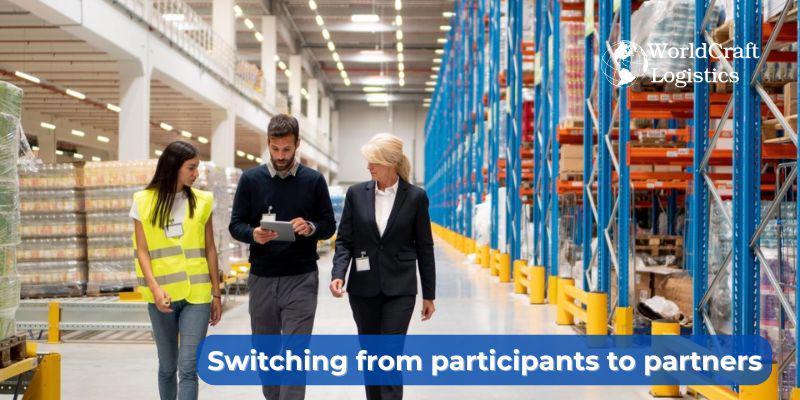
Establishing a genuine partnership necessitates fostering trust and transparency between the shipper and the 3PL, cultivated through collaborative efforts focusing on five pivotal areas: value, governance, performance, visibility, and co-innovation.
Transitioning from a singular focus on costs to comprehending the holistic value of the partnership enables both parties to align on strategic elements conducive to mutual success. Emphasizing solely on cost undermines the potential for genuine partnership, as it risks relegating the relationship to transactional interactions without incentive for improving outcomes.
Distinct from performance, governance is pivotal in defining optimal collaborative practices between partners, including the metrics by which the relationship is evaluated. Shifting from traditional quarterly business reviews to real-time performance assessment, facilitated by sharing pertinent data on a unified analytics platform, fosters a shared understanding of performance metrics.
Performance excellence is fundamental in any partnership. The 3PL must consistently meet service and quality expectations of the shipper, as failure to do so undermines trust and precludes the evolution of the relationship into a true partnership.
Often underestimated, visibility is crucial in contemporary shipper/3PL relationships. While current practices excel in providing location visibility within the supply chain, extending visibility to encompass real-time transactional data, enhanced financial insights, and holistic visibility across environmental, social, and governance aspects, as well as resilience within the network, facilitates informed decision-making and predictive analytics.
With the proliferation of supply chain technologies, fostering a culture of co-innovation is imperative. Aligning the business strategies of shippers and 3PLs enables collaborative efforts in deploying cutting-edge technologies such as artificial intelligence and automation, thereby realizing tangible returns on investment and enhancing network flexibility.
See our other articles by clicking the links below:
👉 Benefits of Working with 3PL Company
Professionals entrenched in established partnerships between 3PLs and shippers recognize that, beyond safety, the paramount value lies in meeting customer expectations. Whether catering to an internal customer, a business partner, or an end consumer, aligning outcomes to drive value for the customer while simultaneously benefiting the shipper and the 3PL constitutes a three-way value proposition.
To fully realize this value proposition, it is also essential to have a solid and well-established data and analytics strategy supported by suitable technology that is shared by the shipper and the 3PL.

Worth to the clientele: The performance of the shipper/3PL partnership is based on meeting the needs of the customer, which is the main goal. But in today's changing environment, simply satisfying these demands is not enough obligated following the 3-F principle is crucial:
Data serves as the lifeblood of contemporary business operations, albeit consisting merely of ones and zeros. Proper analytics are indispensable, as they transform these data points into actionable insights, inspiring individuals and driving superior outcomes.
Author Mike Schmoker aptly encapsulates this notion in "Results: The Key to Continuous School Improvement," stating, "Things get done only if the data we gather can inform and inspire those in a position to make a difference."
However, data does not materialize in isolation; it is generated through the technology employed to manage and operate the business. Therefore, aligning on the integration of various shipper, 3PL, and customer technologies is imperative to effectively manage and leverage data, facilitating its ingestion into a robust analytics platform. This platform, in turn, furnishes invaluable information and insights to enhance value across all stakeholders while ensuring performance expectations are met securely and safely.
This aspect of the partnership necessitates a degree of co-innovation to define and implement the appropriate data models, transforming raw data into compelling narratives that motivate stakeholders to excel.
While shipper and 3PL decisions concerning technology platforms traditionally revolve around binary choices - whether to utilize one's own platform or the partner's—there's a growing trend towards combinatorial choices. This entails integrating various platforms to optimize data management and execution.
The significance of data and technology integration is underscored by the "28th Annual 3PL Study," which highlights technology as a primary focus area for both shippers and 3PLs. Predictive analytics, warehouse automation, and the adoption of wearables and mobile applications emerge as core areas of interest.

Furthermore, the emergence of generative AI garners global attention, with a significant proportion of CEOs investing in or planning to invest in this transformative technology. Generative AI holds immense potential to reshape value chain management, presenting new avenues for shippers and 3PLs to create shared value.
However, amidst the allure of cutting-edge technology, decisions concerning core platforms such as Transportation Management Systems (TMS), Warehouse Management Systems (WMS), and Order Management Systems (OMS) should prioritize integration to support the overarching data strategy defined within the shipper/3PL partnership.
Indeed, 3PLs occupy a distinctive position as co-innovators, given their interactions with a diverse array of shippers. This vantage point enables them to transcend the confines of individual contracts and identify genuine opportunities for innovation. This holds true across all facets of the shipper/3PL value chain, spanning from physical automation within and surrounding warehouse facilities to enhancing the agility and efficacy of emerging technologies like generative AI. Additionally, 3PLs adeptly navigate real-time challenges within the network, leveraging their broad experience to drive continuous improvement and innovation.
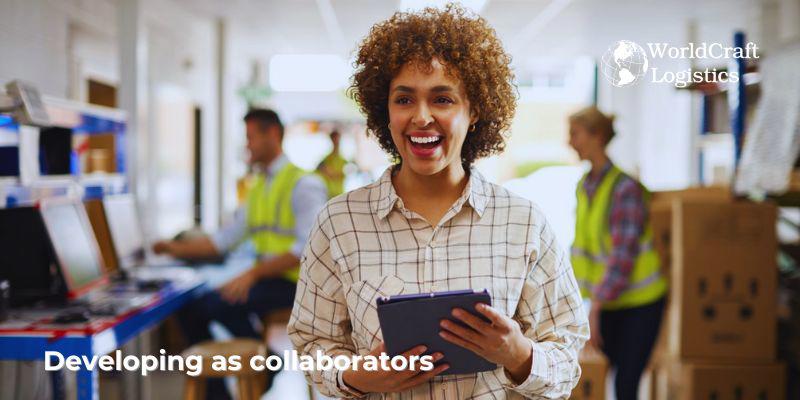
Amidst the multifaceted uncertainties confronting us, there exist pragmatic avenues through which partners can collaboratively enhance the value of their partnership and uphold the customer promise.
Revisiting contract terms to better align outcomes is paramount for fostering a thriving partnership. For instance, while penalties for failing to meet specific service-level agreements (SLAs) are common, there's often a lack of balance with rewards for consistently surpassing the same SLAs. Establishing a more equitable framework in this regard can incentivize excellence and reinforce mutual success.
Talent represents another underutilized area ripe for exploration. Discussions between 3PLs and shippers typically revolve around labor force and supervisory talent, yet they often overlook more strategic talent essential for optimizing the value chain. By broadening the scope of talent discussions to include strategic considerations and leveraging the diverse expertise of each partner, collaborations can achieve greater effectiveness and innovation.
Optimizing the network by synergizing the shipper's and 3PL's networks holds immense potential. When executed adeptly, this integration can yield a synergistic effect, where 1+1 equals more than the sum of its parts. By harmonizing operations and technology at the intersection of both networks, partners can dynamically adjust the network in real-time in response to shifts in demand or supply. This approach not only uncovers overlooked channels but also expands the pool of suppliers capable of servicing the combined network, thereby enhancing resilience and agility.
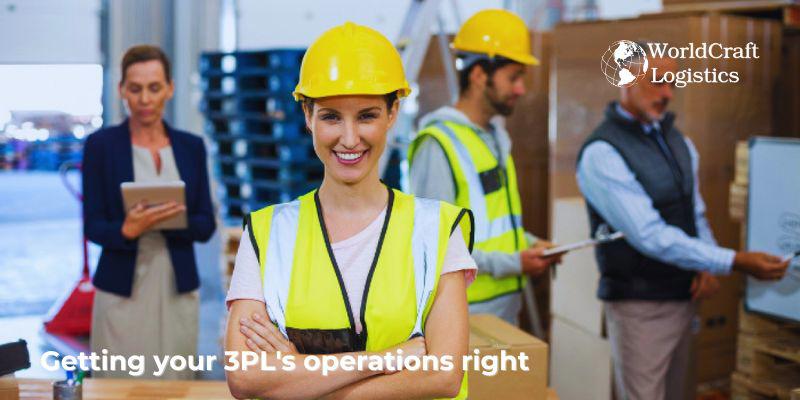
Achieving success with your 3PL entails more than simply expanding the array of services within the commercial agreement between a shipper and their 3PL.
Instead, it necessitates cultivating heightened levels of trust and transparency, facilitating the essential processes of value creation, co-innovation, and operational resilience. This strategic approach is vital for navigating the inherent uncertainties within the supply chain and addressing the multifaceted challenges inherent in fostering a more robust and efficient working world.
SEO
Digital Marketing/SEO Specialist
Simon Mang is an SEO and Digital Marketing expert at Wordcraft Logistics. With many years of experience in the field of digital marketing, he has shaped and built strategies to effectively promote Wordcraft Logistics' online presence. With a deep understanding of the logistics industry, I have shared more than 500 specialized articles on many different topics.
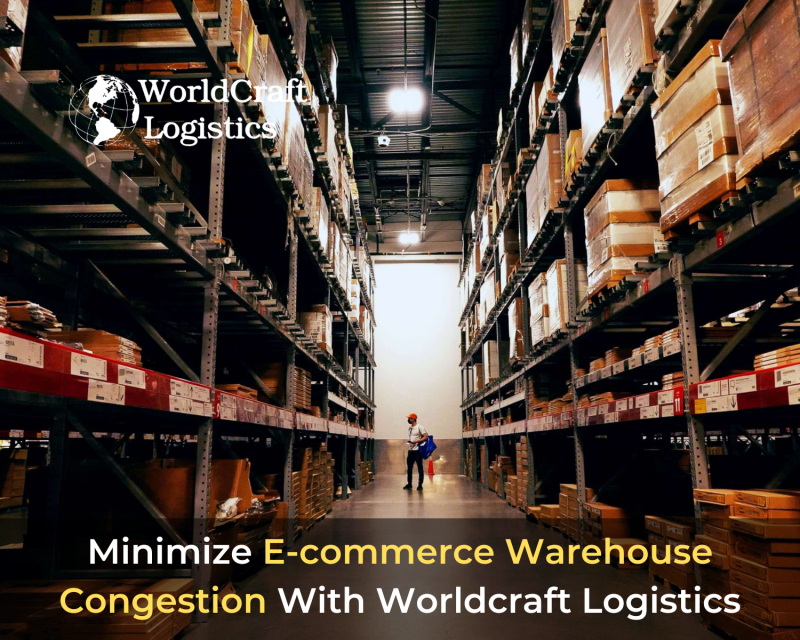
3PL - Third Party Logistics
05/14/2024
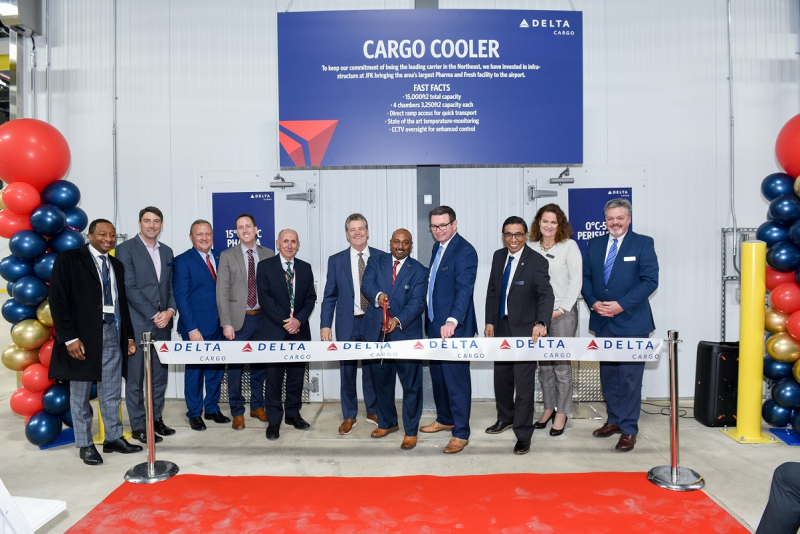
3PL - Third Party Logistics
03/29/2023
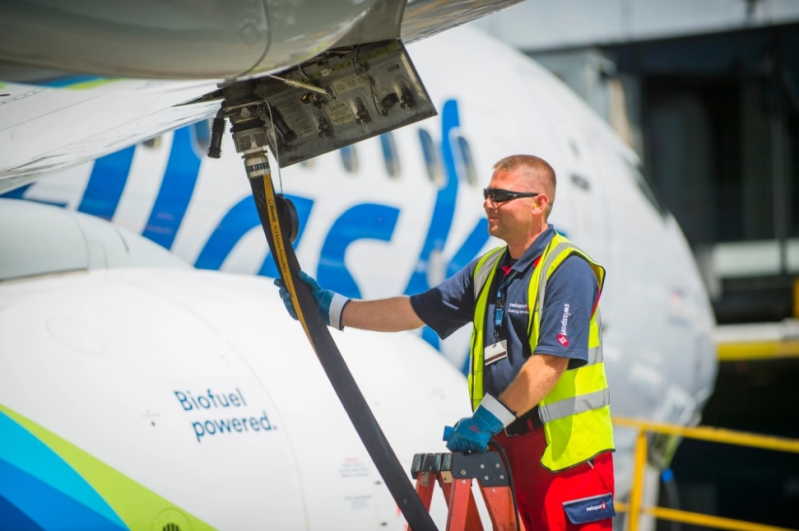
3PL - Third Party Logistics
03/30/2023
3PL - Third Party Logistics
03/20/2023

3PL - Third Party Logistics
05/12/2023